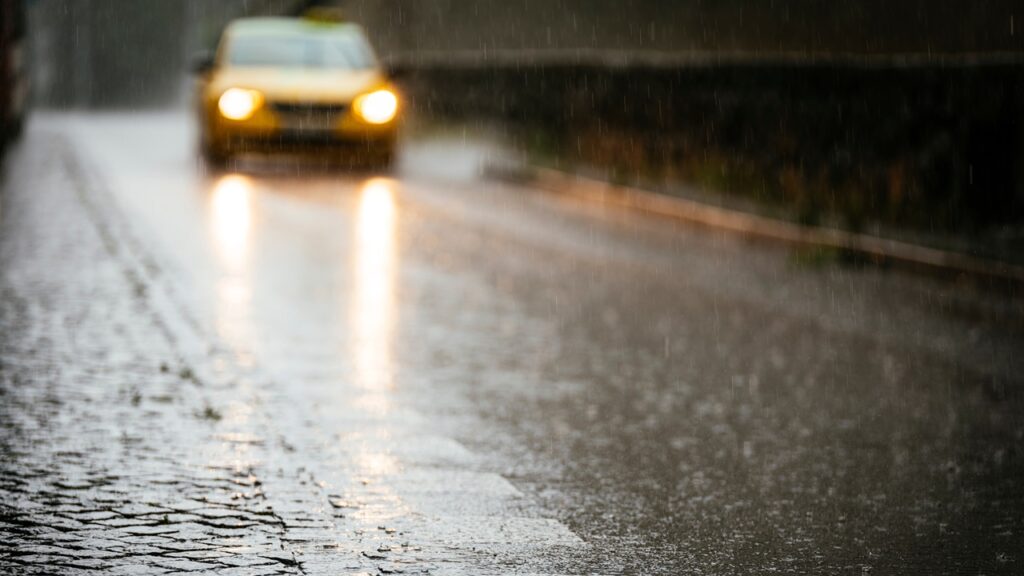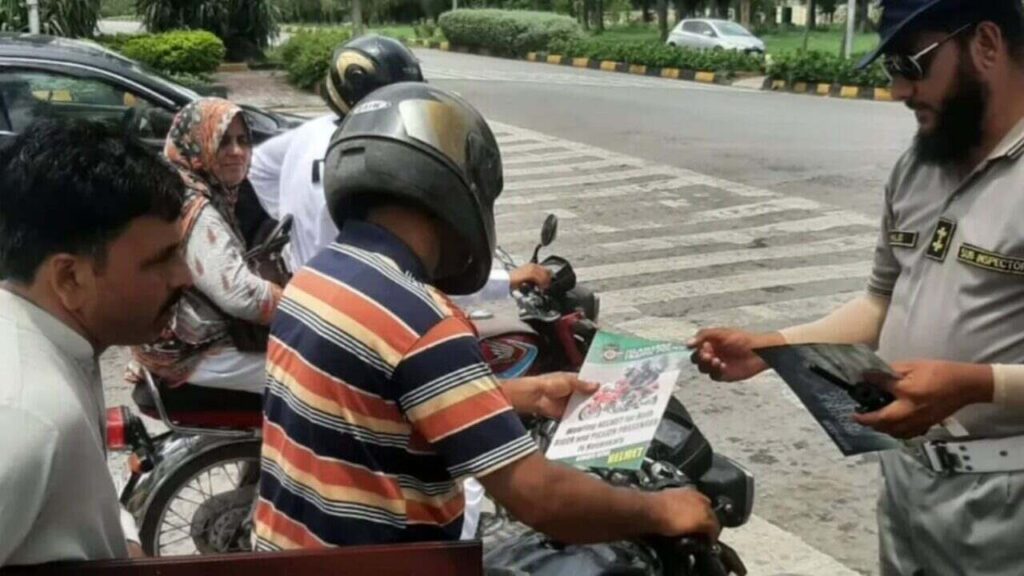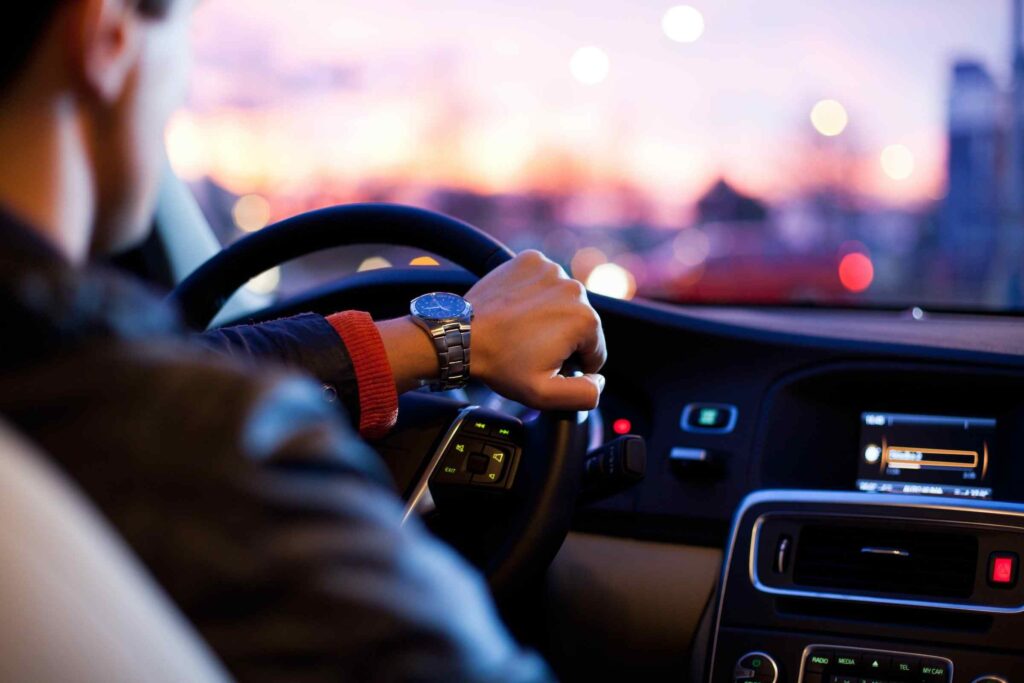Driving in Pakistan means dealing with all kinds of weather. From hot summers to foggy winters, each season tests drivers in its own way. Road accidents rise when weather turns bad. In fact, weather plays a big role in many crashes. One study shows fog causes 34% of weather-related road accidents, rain 25%, and high temperatures 21%. These numbers highlight why safe driving matters. This blog post shares practical driving tips to handle weather challenges. It covers Pakistan’s seasons, general advice, and season-specific guidance. By the end, you’ll know how to prepare your car and yourself for safer trips.
Pakistan has about 28,000 road deaths each year. Many happen due to poor weather conditions. Safe driving can cut these risks. Let’s start with an overview of the country’s weather patterns.
Overview of Pakistan’s Weather Patterns
Pakistan’s climate changes a lot by region. The north has mountains and cooler air. The south has plains and heat. The country has four main seasons: winter, spring, summer with monsoon, and autumn. Each brings unique weather that affects roads.
Winter runs from December to February. It’s cool and dry. Temperatures drop to 4°C in Punjab. In the north, it gets below zero. Fog covers areas like upper Sindh and central Punjab.
This fog can last weeks and make seeing hard. Snow falls in northern spots like Gilgit-Baltistan.
Spring is from March to May. Weather stays mild in most places. Northern areas get heavy rain. Hail and tornadoes can hit near Peshawar or Sargodha.
Summer lasts from June to September. It’s very hot. Temperatures reach 38°C on average in plains. Some spots hit over 50°C, like in Turbat. Hot winds blow, and dust storms happen in May and June.
Monsoon comes in late June to September. It brings heavy rain to most of Pakistan. Rain can cause floods, especially in Sindh and Punjab. Storms affect coasts too.
Autumn is October to November. It cools down with little rain. Dust storms signal winter’s start.
These patterns impact driving. Fog cuts visibility. Rain makes roads slick. Heat tires out drivers. Knowing this helps you plan.
General Driving Tips for All Seasons
No matter the season, some driving tips apply year-round. Follow these to stay safe.
First, check your car often. Look at tires, brakes, lights, and fluids. Good maintenance prevents breakdowns.
Drive at safe speeds. Adjust for conditions. In bad weather, slow down.
Keep distance from other cars. This gives time to react.
Use seatbelts always. It saves lives in crashes.
Avoid distractions. No phones while driving.
Plan trips ahead. Check weather forecasts. Use apps or Pakistan Meteorological Department updates.
Carry basics: water, first aid kit, tools, and a charged phone.
If stuck, stay calm. Call for help from traffic police or 130 for motorways.
These basics build a strong base. Now, let’s look at driving tips by season.
Summer Driving Tips: Handling the Heat
Summer in Pakistan is tough on drivers and cars. Heat waves hit hard in Punjab, Sindh, and Balochistan. Temperatures climb high, making roads hot and air dry. Drivers get tired fast. Cars overheat. Dust storms reduce sight.
To handle heat, prepare your vehicle. Check coolant levels first. Low coolant leads to engine failure. Fill it to the right level.
Test your battery. Heat makes batteries weak. Clean terminals and check fluid if needed.
Look at belts. Timing and drive belts wear out in heat. Replace if cracked.
Monitor tire pressure. Heat makes air expand, so check often. Under-inflated tires burst easier.
Service the air conditioner. Clean filters for cool air inside.
Keep fuel tank full. It prevents vapor lock in hot weather.
For driving, start early or late to avoid peak heat. Drink water to stay alert. Wear light clothes.
If your car overheats, pull over. Turn off AC and open windows. Add coolant when cool.
Park in shade. Use sunshades on windows.
In dust storms, slow down. Use headlights. Pull over if too bad.
These driving tips keep you safe in summer’s heat. One tip: drive with windows up and AC on to block hot air.
| Summer Driving Tips | Why It Helps |
|---|---|
| Check coolant | Prevents engine overheat |
| Monitor tires | Avoids blowouts |
| Stay hydrated | Keeps driver focused |
| Avoid midday drives | Reduces heat exposure |
Heat causes more accidents from fatigue. Stay sharp.
Monsoon Season Driving Tips: Dealing with Rain and Floods
Monsoon brings rain from July to September. It’s a relief from heat but creates dangers. Roads flood. Slippery surfaces cause skids. Heavy downpours cut visibility.
Floods hit hard in low areas. In 2022, floods killed many and damaged roads.
Prepare your car for rain. Inspect tires for tread. Bald tires slip on wet roads.
Check brakes. Wet brakes work less. Test them often.
Seal electrical parts. Water shorts circuits.
Wipers must work well. Replace old blades.
Lights: ensure all work for better sight.
For driving in rain, slow down. Hydroplaning happens at high speeds.
Keep more distance. Braking takes longer on wet roads.
Avoid deep water. If above exhaust, it stalls engine.
Drive in middle of road. Sides have deeper puddles.
Use low gears in floods. Keep steady speed to push water out exhaust.
After water, tap brakes to dry them.
If stuck in flood, leave car if water rises. Move to high ground.
Don’t drive through fast water. It sweeps cars away.
Carry an emergency kit: flashlight, raincoat, towel.
| Monsoon Tip | Reason |
|---|---|
| Slow speed | Prevents skids |
| Avoid floods | Saves engine |
| Good wipers | Clear view |
| Low gears | Controls in water |
Rain causes 25% of weather crashes. Follow these to lower risk.
Winter Driving Tips: Facing Fog, Cold, and Snow
Winter weather challenges drivers with fog, cold, and snow. Fog is common in Punjab and Sindh. It lasts days, making roads blind.
In north, snow and ice slick paths.
Cold shrinks tires and weakens batteries.
For fog, use fog lights. Yellow ones cut through better.
Keep big gap from cars ahead. At least 10 meters.
Drive in groups if possible. More lights help see.
Use hazard lights in thick fog.
Watch road lines. They guide when sight is low.
Defog windows. Use heater or AC.
For snow in north like Murree, use chains on tires.
Drive slow. No quick turns or brakes.
Warm up car. It helps oil flow.
Check antifreeze. It stops engine freeze.
Battery: cold drains it. Keep charged.
Tires: winter ones grip ice better.
If skid, steer into it gently.
Park safe. Avoid hills if snow.
| Winter Driving Tips | Benefit |
|---|---|
| Fog lights | Better visibility |
| Slow drive | Controls on ice |
| Antifreeze | Protects engine |
| Hazard lights | Alerts others |
Fog links to 34% of bad weather accidents. These driving tips save lives.
Spring and Autumn Driving Tips: Managing Transitions
Spring and autumn are milder. But they have surprises.
Spring has rain in north. Hail storms hit.
Autumn is dry but dust storms start.
For spring, watch for wet roads after rain.
Hail can damage cars. Park under cover if storm comes.
Tornadoes rare but possible. Pull over if seen.
In autumn, dust reduces sight. Use lights.
Cooler air means check heater.
Tires: adjust pressure as temp drops.
Drive careful in wind. It pushes cars.
These seasons are easier, but stay ready.
Plan for sudden changes.
| Transitional Tip | Why |
|---|---|
| Watch storms | Avoid damage |
| Adjust tires | Safe grip |
| Use lights in dust | See better |
Vehicle Maintenance for Weather Readiness
Good maintenance is key for all seasons.
Check tires monthly. Look for wear and pressure.
Brakes: test for squeaks or pulls.
Lights: all must work.
Fluids: oil, coolant, brake fluid.
Battery: test every six months.
Wipers and washers: keep clean.
For monsoon, rust-proof underbody.
In winter, use winter oil if cold.
Summer: shade car to protect paint.
Get full service before long trips.
This keeps car reliable in any weather.
Emergency Preparedness on the Road
Bad weather can strand you. Be ready.
Kit: first aid, water, food, blanket, tools.
Phone charger and power bank.
Know emergency numbers: 15 for police, 1122 for rescue.
In accident, move to safe spot. Turn on hazards.
Help injured. Call aid.
For floods, don’t stay in car if water high.
Fog crash: stay in car if on highway.
Carry chains, shovel for snow.
Insurance: have roadside help.
These steps handle surprises.
Legal and Insurance Aspects in Bad Weather
Follow rules. Speed limits drop in rain or fog.
Traffic police fine for bad lights or tires.
Insurance covers weather damage if comprehensive.
Report accidents quick.
International drivers need permit.
Know local laws. No night drives in some areas.
This protects you legally.
For more information visit Traffic signs test.
Conclusion
Weather challenges in Pakistan’s seasons test every driver. From summer heat to winter fog, driving tips here help you stay safe. Prepare your car. Drive smart. Plan ahead. Safe driving cuts accidents and saves lives. Share these tips with friends. Safe travels!


